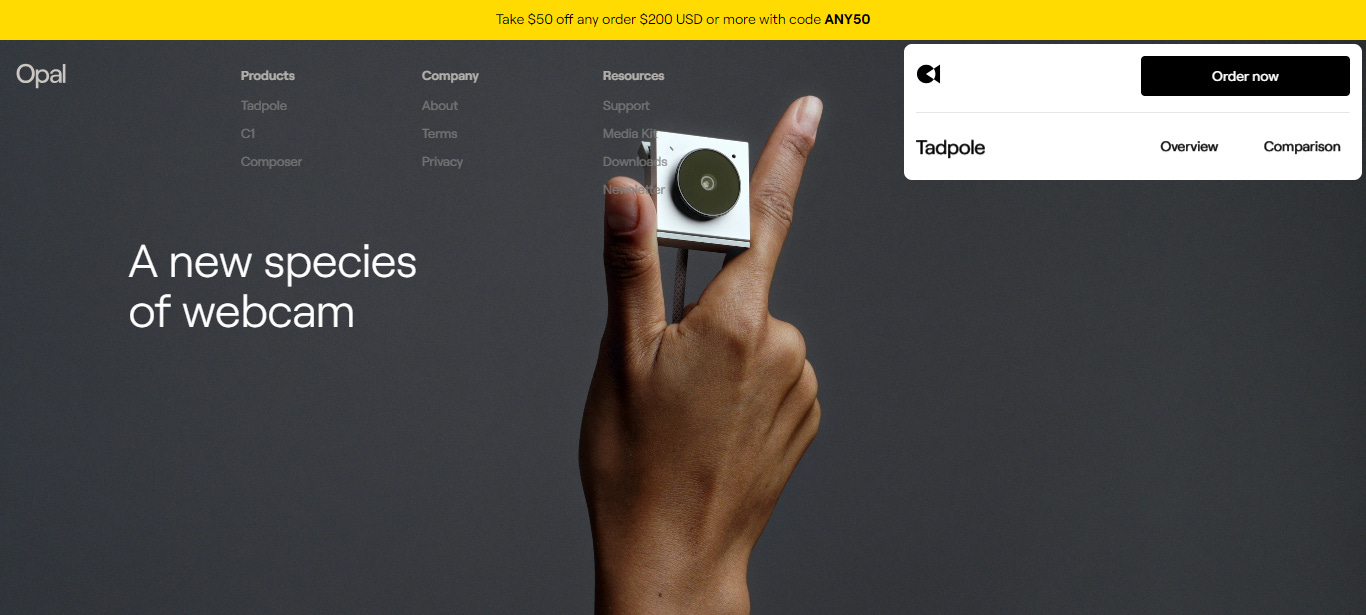How I wasted $49 dollars on a portfolio design template
The $49 lesson that helped me make smarter business decisions
Hey there, friend! 👋
Welcome to Freelance From Scratch—your go-to newsletter for all things freelance and UI design. Whether you're just starting out or navigating your way through your freelancing journey, this is your guide. Expect practical tips, stories, and a supportive community to make your journey easier and more rewarding.
Curious to learn more about the publication? Read here!
It was early morning. The night before, I had wrapped up my side projects and was ready to showcase them in a new portfolio.
My old portfolio just couldn’t cut it anymore. It was outdated and didn’t reflect my growth as a designer. It was time for something fresh, something that truly represented me and my design style.
I hopped onto Webflow to search for freelance templates. After about an hour and a half of searching, I finally found it. The template checked all the boxes—minimalistic, bold typography, lots of whitespace, and big imagery. It was perfect.
Excited, I clicked "Buy Template," entered my bank information, and completed the purchase. I was thrilled. This was the portfolio I had been looking for.
I immediately got to work, editing the template, adding my projects, tweaking the About page, and selecting the perfect fonts. It felt great seeing my work come to life in this sleek new format.
Three days later, I submitted my portfolio for review. After receiving feedback that’s when reality hit.
I bought the wrong template.
The template I purchased was missing crucial elements. I realized I had focused too much on the design and overlooked the practical needs of my business. Here’s what I discovered was missing from my portfolio:
Testimonials: Showcase reviews and feedback from past clients. This builds credibility and trust.
Work process: Describe how you work. Explain your approach, from the initial consultation to the final delivery. This helps clients understand what to expect when working with you.
Case studies: Include detailed examples of past projects. Highlight the challenges faced, solutions provided, and results achieved.
Contact information: Make it easy for potential clients to get in touch with you. Include a contact form, email address, and social media links.
The template I selected was excellent for showcasing projects aimed at designers seeking employment or just starting their careers, but it wasn't suitable for a freelancing portfolio designed to attract clients.
This experience taught me: that when spending money for your business, it's important to make decisions based on logic rather than emotion.
I could have spent that money more wisely and bought the right template from the start.
Key Lesson: Spend money based on what your business needs, not just what looks good.
Here are some things to keep in mind before you spend your money:
Research before buying: Always research thoroughly before making a purchase. Look for reviews, comparisons, and recommendations.
Prioritize business needs: Make a list of what your business needs and focus on those when deciding what to buy.
Set a budget: Decide how much you are willing to spend and stick to it to avoid impulse buying.
Seek advice: Don’t hesitate to ask for advice from fellow freelancers or mentors.
Think long-term: Consider how the purchase will benefit your business in the long run.
Hi there! 👋🏻 I’m Bryson—a freelance UI designer sharing my freelancing journey and writing about UI Design topics
I’m currently booking new projects, so feel free to connect with me on Twitter, LinkedIn, and Dribbble, or reach out directly via email! If you'd like to discuss a project, you can book a call with me here.
If you enjoyed this newsletter article and want to subscribe, click the subscribe button below!
Stay awesome,
Bye for now👋
3 things that inspired me recently
Sales and Marketing Secrets from Marketing Growth Hacker John Driscoll
Erin Fleming
This is a great example of a portfolio website
Opal
Opal is a cutting-edge camera company known for its innovative imaging technology and high-quality optics.






